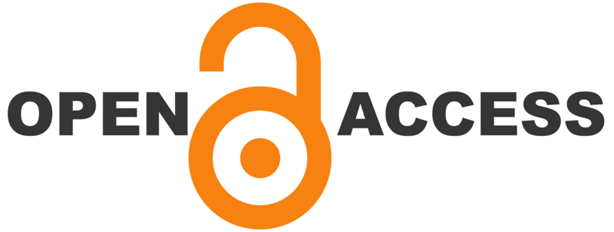|
Udo, E. U.
Department of Electrical/Electronic Engineering, Michael Okpara University of Agriculture, Umudike, Abia State, Nigeria
Okpeki, U. K.
Department of Electrical/ Electronic Engineering, Faculty of Engineering, Delta State University, Abraka, Oleh Campus
Essien, G. D.
Department of Electrical/Electronic Engineering, Michael Okpara University of Agriculture, Umudike, Abia State, Nigeria
ABSTRACT
This paper presents a
technique for improving the Quality of Service (QoS) of cellular networks using
dynamic time threshold scheme for voice calls at Globacom Mobile network in Abuja. The number of GSM users, internet
connectivity and various telecommunication networks grew rapidly, with various
services such as real-time applications. The communication industry was saddled
with Quality of Service challenges as a result of this sudden growth without
corresponding increase in network infrastructures. The method adopted
involves the investigative base station where the performance indicators such
as Traffic Channel (TCH) Congestion Ratio, Call Drop Ratio (CDR) and Call Setup
Success Ratio (CSSR) were used. The measurements generated from the Base
Stations (BSs) provided the File Transfer Protocol (FTP) services to the
Network Management System (NMS). The Network Management System was used to pull
Call Setup Success Ratio, Call Drop Ratio and Traffic Channel Congestion ratio
measurements and was hosted on central server connected to other network
elements such as Base Station Controller (BSC),
Base Transceiver Station (BTS), Mobile Switching Centre (MSC), and Home Locator Register (HLR). The server with its NMS software was
configured to retrieve Base Transceiver Station measurements of the remote
Mobile Switching Centre and its Base Station Controllers. The results
obtained showed that busy hour for TCH Congestion Ratio, CDR and CSSR were 1.5993%,
1.5425% and 98.8507%, respectively and
these were within the expected threshold value of 2%. However, there was
great improvement when dynamic time threshold scheme was applied thereby
achieving better quality of service delivery.
Keywords: Quality of Service, Cellular networks, Dynamic Time Threshold Scheme, Network Management System
|
View: 378 | Download: 6
Published
Thursday, December 27, 2018
Issue
Vol. 4 No. 2, DEC 2018
Article Section
GENERAL
The contents of the articles are the sole opinion of the author(s) and not of UJET.
|


